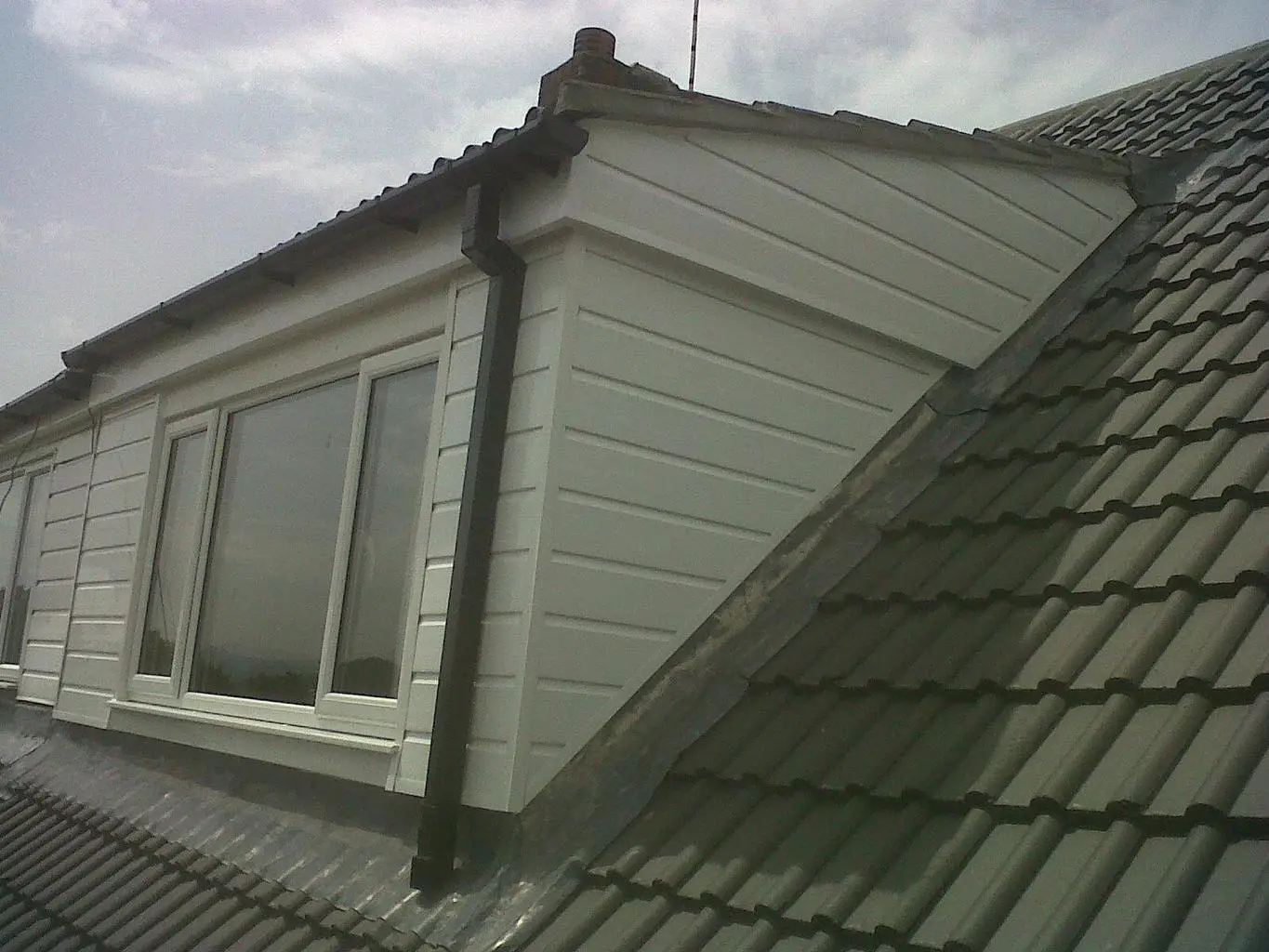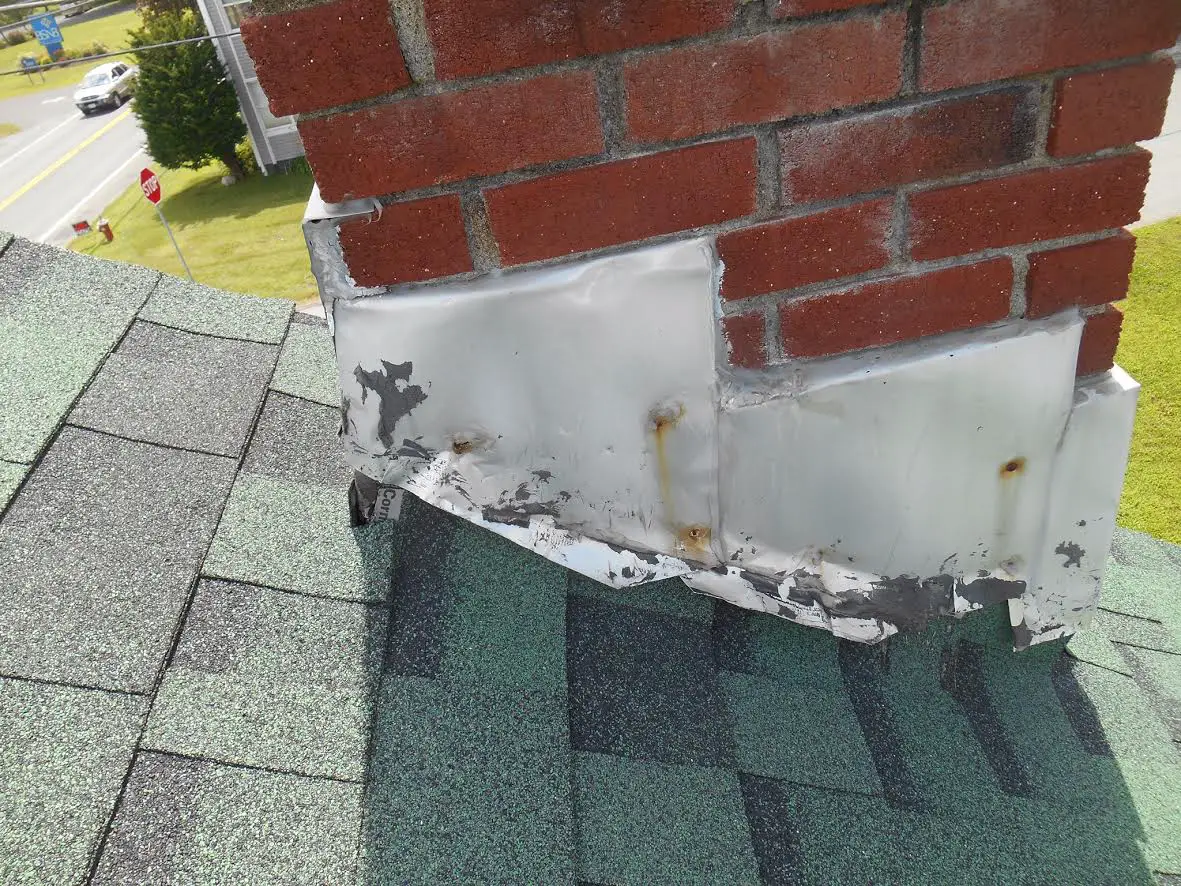Roof flashing is a type of material that roofing professionals use to direct the water away from specific areas of a roof. There is a probability of water stagnating near the vertical structures like walls, chimneys, skylights and dormers on a roof. When the water stands still on a roof, it can seep into the roof, making it weak increasing the chances of leakage.
However, the material they use also depends on the material of your roof. For example, if you have a copper roof, professionals will recommend a copper flashing for your roof. New roofing professionals try to use aluminum flashing as it is easy to install and cheaper than copper and galvanized metal sheets. You might want to check this Guide to Repairing Your Roof from Beginning to End.
There is a high probability of water stagnating near the structures like vents, walls, chimneys, and skylights in the absence of roof flashing. Therefore, roofing professionals install a thin waterproof material known as roof flashing that prevents the water from standing on a roof’s critical areas. Let us dive deeper into the uses and benefits of roof flashing.
Materials used for roof flashing
In most cases, the roof flashings are made of galvanized metal sheets, aluminum, or copper. As these materials are strong and highly water-resistant, they are used to seal the joints along the roof edges.
Most roofing professionals recommend galvanized sheet metal for roof flashing.
However, the material they use also depends on the material of your roof. For example, if you have a copper roof, professionals will recommend a copper flashing for your roof. New roofing professionals try to use aluminum flashing as it is easy to install and cheaper than copper and galvanized metal sheets.
Types of roof flashing
Here are the main types of roof flashing.
Continuous flashing
It is a long metal sheet that helps drain the water down across the shingles. The long pieces of this type of flashing may face problems in various seasons due to temperature changes.
As continuous flashing is made of metal, which expands and contracts with rising and falling temperatures, it could develop gaps with time. These gaps can offer a way for water to seep in the roof. So, the manufacturers of continuous flashing create built-in expansion joints to avoid such problems.
Base Flashing
Some roof structures like chimneys may require a two-part flashing to ensure it can direct the rainwater downwards precisely. It is installed at the base of a vertical structure hence the name base flashing. Although it is tough to install a based flashing, it offers enhanced protection in every season. When the roofing material expands or contracts with temperature changes, the two parts of flashing can move simultaneously to keep the entire system safe and secure.
Counter Flashing
A counter flashing is a piece of material placed opposite or above the base flashing to complete the system.
Step flashing
This type of flashing is used for roof to wall flashing. It is rectangular in shape and bent 90 degrees at the center. Multiple pieces of step flashing are installed in layers to ensure an easy flow of water from the wall.
Vent boot flashing
Vent board flashing is a cylindrical piece that is made to fit around a vent perfectly. Roofing professionals install the shingles over the base or boot of the vent. The boot is at a little height from the roof to drive the water away from the vent.
Repair of roof flashing
It is important to inspect a flashing periodically as it can also get damaged with time. A roof flashing damages, especially in areas that receive a large amount of rainfall every year. Other reasons for a damaged roof flashing can be strong winds and impact by things like tree branches.
You must inspect your roof flashing after a storm, wind, or rain. If you see any holes, bends, corrosion, missing nails, or dried out sealant in the flashing, you need to repair it immediately. It is best to call a professional for its repair. If the flashing is much damaged, it may need replacement.
Which areas of the roof require a flashing
As you know, the purpose of flashing is to drive the water away from roof areas that are vulnerable to leaks. In other words, wherever there is a seam between any two edges on a roof, it needs a flashing. Usually, the roof flashing is installed immediately after the construction of a roof. However, if you have not yet installed any flashing, you can call a professional to inspect your roof and get the required type of flashing installed.
Brisbane Roof and Paint offer roof painting and restoration services in Brisbane. The company has 30 years of expertise in offering roofing services to their customers. With such vast experience, you can consider hiring them for tile roof restoration, roof painting, and all roofing services.
Final Words
Roof flashing is an important part of every house. If you have a roof flashing installed on your roof, make sure you inspect it every three months or after every rain and storm. Also, homeowners who have not yet installed roof flashing should consider installing them for the safety of their structures like chimneys, vents, and skylights.

